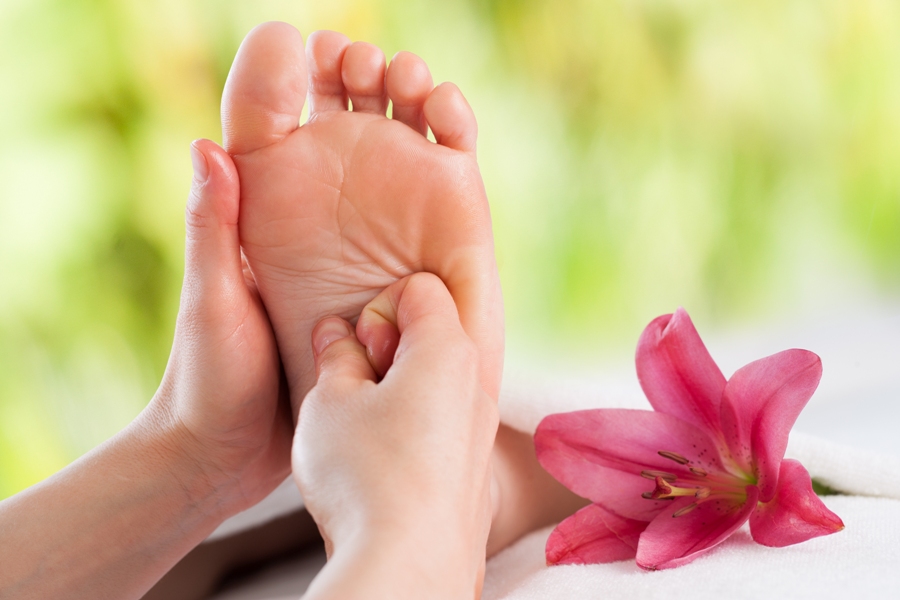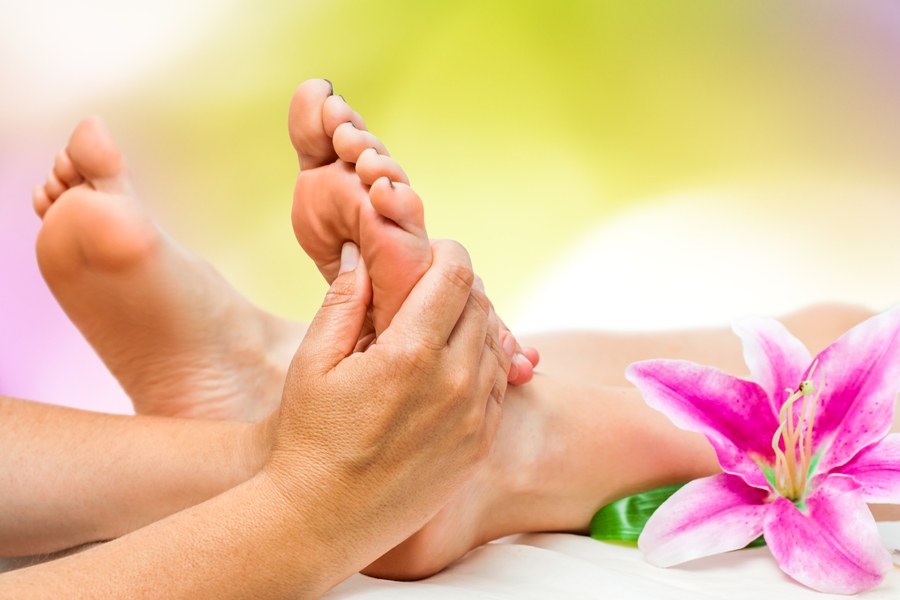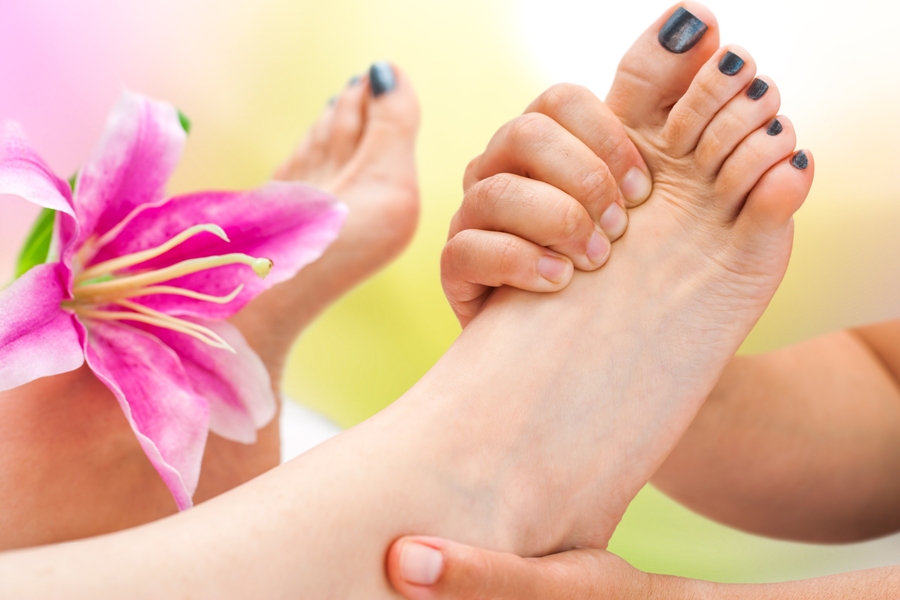





Reflexology
What is Foot Reflexology?
Foot reflexology is an ancient therapy which involves application of pressure on the reflex zones on the sole of the foot to stimulate the central nervous system in order to trigger relaxation responses throughout the body. This enables various organ systems in the body to function as well as they can. Reflexology enhances well-being, promotes relaxation, relieves pain and leads to holistic health.
Several studies have established that stress is a significant contributor in over ninety percent of diseases. High levels of stress compromises the immune system of the body which is instrumental in protecting you against illness. This makes you more vulnerable to infections and all kinds of diseases. Reflexology uses pressure applied on reflex areas as a therapeutic method to help you manage stress effectively.
Benefits of Foot Reflexology
· Lower stress
· Lower fatigue
· Relief from pain
· Diabetes control
· Reduced anxiety
· Better sleep quality
· Higher energy level
· Improved concentration
· Complements cancer care
· Aids post-surgical recovery
· Reduces Irritable bowel syndrome
· Complete physical and mental well-being
· Detoxifies and optimizes the functioning of organs
· Helps lower high blood pressure and lowers cholesterol
· Effective in managing arthritis, migraine, back pain, PMS and depression
Reflexology helps you reach a state of deep relaxation by gently nudging the body towards improved functioning of organ systems, muscle relaxation and improved blood circulation. It encourages the release of endorphins, the body’s natural feel-good hormones, which are known for their pain-relieving and relaxing properties.
Reflexology supports the body in healing itself and in promoting all-round health.
Hand Reflexology
Hand reflexology is an exceptionally relaxing treatment to receive and provides the recipient with the chance to un windfully. The wonderful thing about giving a hand-reflexology treatment is that you can treat someone virtually anywhere, from an aeroplane, train or car to an office, shop or home. It is a safe, natural healing art that you can also use to treat yourself,wherever and whenever you wish .Hand reflexology is empowering because, whether someone suffers from irritable bowel syndrome, sinusitis,headaches or needs relief from stress, it can help. It can be used as an alternativeto foot reflexology; for example if someonehas a foot injury, a leg and foot in a cast,ticklish feet, or if they don't want you to work on their feet for personal reasons. Italso makes a good alternative for those suffering from infections such as athlete's foot and for amputees.
• Working on your own hands, wheneveryou feel the need, can be self-empowering.
SITUATIONS WHERE HAND REFLEXOLOGY IS PREFERABLE
• A bone in the foot is broken
• The feet are in a plaster cast
• The feet are too ticklish for treatment
• The client is embarrassed by their feet
• One foot (or both) has been amputated
• The feet have been injured recently by a sprain or strain
• The feet have extreme structural pain (perhaps from arthritis).
• The feet have many verrucae that cover large areas at the foot
• The feet are badly infected with a fungal infection like athlete's foot
Benefits of hand reflexology
• You can work on your own hands.
• Helps with any stress-related condition.
• The hands are more accessible than the feet.
• Clients can work on their own hands between treatments.
• It is a treatment the elderly generally prefer as it is so relaxing.
• If time is short, hand reflexology can be gentler and less disruptive
• The hands are closer to the spine and the nerve roots, so treatments can really relax the central nervous system.
• Helps to relieve pain in the hands and arms associated with conditions such as multiple sclerosis, tenosynovitis, frozen shoulder, tennis elbow, whiplash, carpal tunnel syndrome, repetitive strain injury and rheumatoid arthritis.
